cherry countertop finish
laurielou177
12 years ago
Featured Answer
Sort by:Oldest
Comments (12)
bobismyuncle
12 years agoRRM1
12 years agoRelated Professionals
Saint James Cabinets & Cabinetry · Banning Flooring Contractors · Desert Hot Springs Flooring Contractors · Lodi Flooring Contractors · Lynden Flooring Contractors · Menifee Flooring Contractors · New Bern Flooring Contractors · Palm Springs Flooring Contractors · Stevens Point Flooring Contractors · White Bear Lake Flooring Contractors · Woodbury Flooring Contractors · Wyomissing Flooring Contractors · Surprise Furniture & Accessories · Kendall Furniture & Accessories · Tamalpais-Homestead Valley Furniture & AccessoriesRRM1
12 years agolive_wire_oak
12 years agosombreuil_mongrel
12 years agobobismyuncle
12 years agoRRM1
12 years agosombreuil_mongrel
12 years agoRRM1
12 years agolaurielou177
12 years agoRRM1
12 years ago
Related Stories
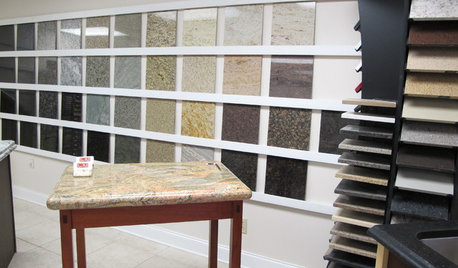
KITCHEN COUNTERTOPSWalk Through a Granite Countertop Installation — Showroom to Finish
Learn exactly what to expect during a granite installation and how to maximize your investment
Full Story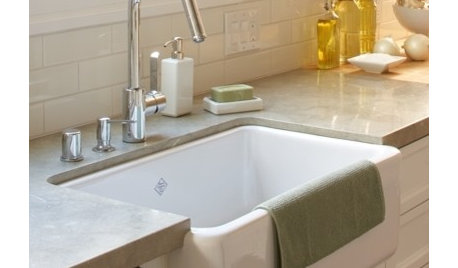
CONTRACTOR TIPSContractor Tips: Countertop Installation from Start to Finish
From counter templates to ongoing care, a professional contractor shares what you need to know
Full Story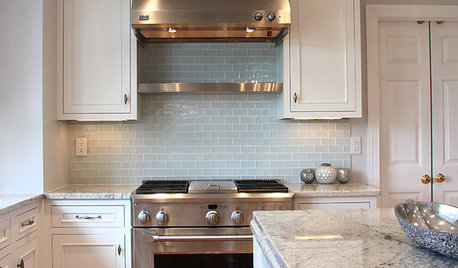
KITCHEN DESIGN5 Favorite Granites for Gorgeous Kitchen Countertops
See granite types from white to black in action, and learn which cabinet finishes and fixture materials pair best with each
Full Story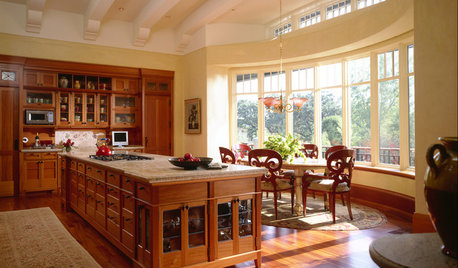
MATERIALSWoodipedia: Is It Cherry or Is It Alder?
Learn the differences between these two wood types, as well as costs, sustainability and a caution about finishing
Full Story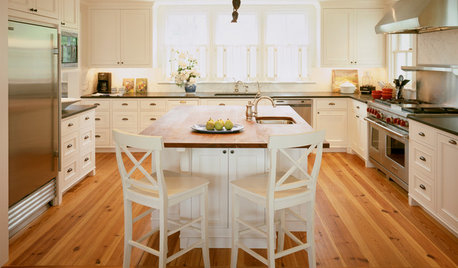
KITCHEN DESIGN3 Steps to Choosing Kitchen Finishes Wisely
Lost your way in the field of options for countertop and cabinet finishes? This advice will put your kitchen renovation back on track
Full Story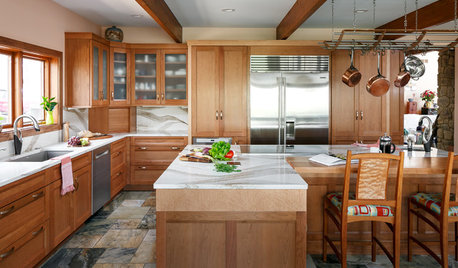
KITCHEN OF THE WEEKKitchen of the Week: Cherry Cabinets and 2 Islands Wow in Indiana
Warm wood cabinets, a reconfigured layout and wave-pattern countertops complement the home’s wooded surroundings
Full Story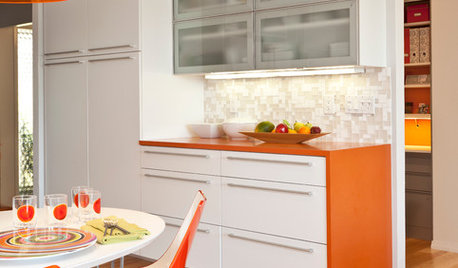
KITCHEN DESIGNCountertop and Backsplash: Making the Perfect Match
Zero in on a kitchen combo you'll love with these strategies and great countertop-backsplash mixes for inspiration
Full Story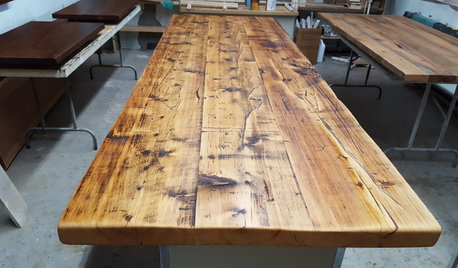
KITCHEN COUNTERTOPSSee How Reclaimed Wood Beams Become a Stunning Kitchen Countertop
These woodworkers take a batch of rough wood boards and turn them into a remarkable showpiece in 5 weeks
Full Story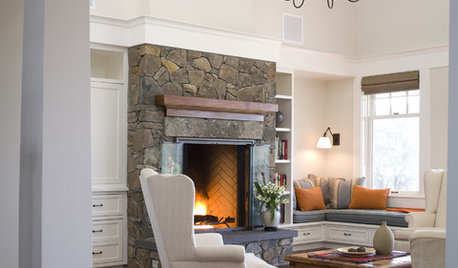
FURNITUREHow to Mix Wood Furniture Finishes
Furniture doesn't need to match to look good; add character and charm to your home with mismatched — but complementary — tones
Full Story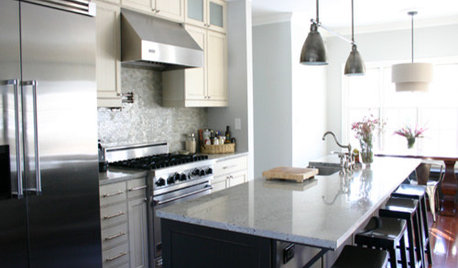
KITCHEN DESIGNKitchen Details: The Right Edge for Your Countertop
Square, Mitered, Waterfall or Bullnose? See What Counter-Edge Style Looks Best to You
Full StorySponsored
Columbus Area's Luxury Design Build Firm | 17x Best of Houzz Winner!
More Discussions










laurielou177Original Author